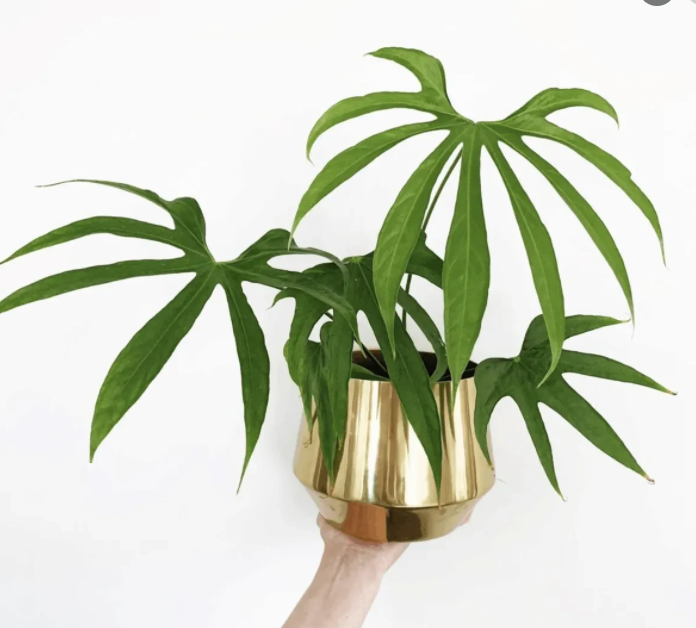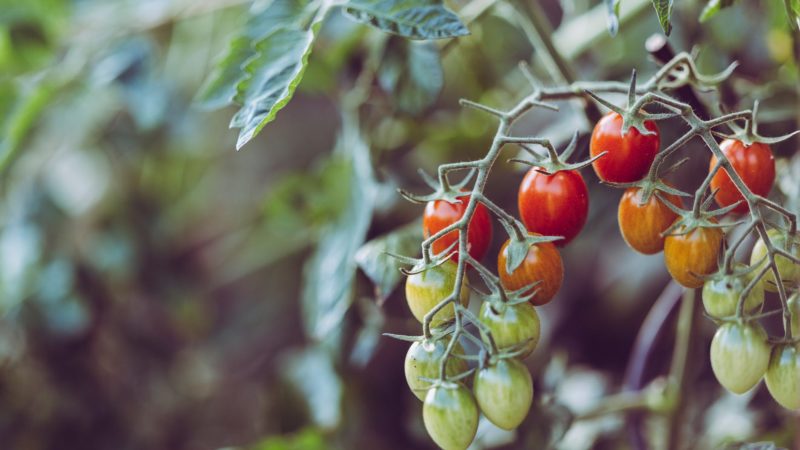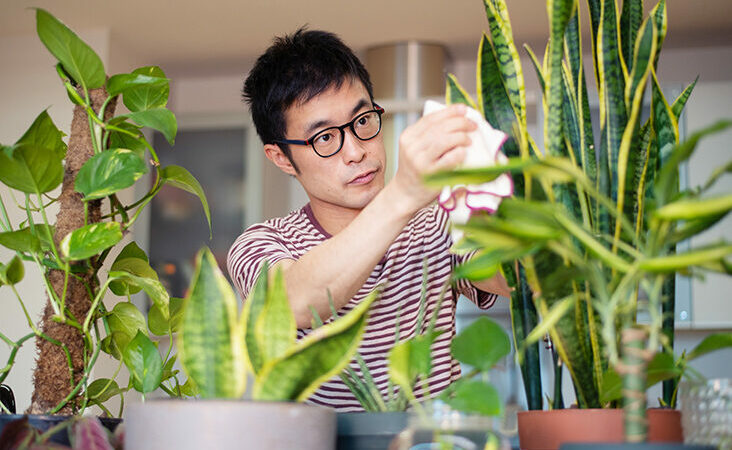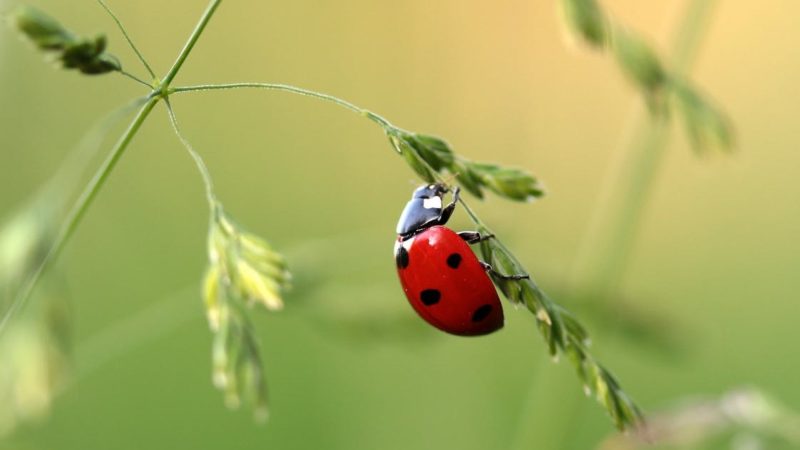Finger Plants Or Snake Plants That Enhances The Look Of House

Many household plants like money plants, friendship plants, etc., are placed for decorating houses to maintain feng shui. However, have you ever heard about the finger plants? If not, then you’re on the right page.
Click to see full answer
Finger plants are very cute yet tough plants. Finger plants are also called snake plants. Due to their shape, which resembles the finger of a dragon, this plant is given the name finger plant. Also, it needs very little care so, if you do not have time to take care of plants, then snake plants can be the best choice.
Finger plants are native to tropical West Africa. It is an evergreen plant. Snake plants can tolerate most indoor conditions as they are quite tough, which makes them a better option for your own indoor garden.
Botanical name- sansevieria cylindrica
Common names- African appear plant, cylindrical snake plant, spear sansevieria, dragon fingers.
Plant type- succulent
Size- 4-6 feet tall, 1-2 feet wide
Sun needed- full, partial.
Soil type- sandy, well-drained
Soil pH- neutral
Bloom time- Sporadic
Flower colour- white
Native- Africa
Toxicity- toxic for pets
There are about 70 types of finger plants, and each falls under the genus sansevieria family. Sansevieria trifasciata is one of the common types of snake plants, and it is also known as “mother-in-law’s tongue.”
There are multiple types of finger plants, but dragon fingers are the rarest one; its other names are Sansevieria cylindrica and African spear plant. It is rare because of its appearance and name. The leaves of dragon fingers look weird because they look like a bunch of girthy, tapered fingers trying to catch the sky.
23 most famous varieties of snake plants
There are about 70 varieties of snake plants, but we have mentioned some of the best types of snake plants:
- Sansevieria trifasciata ‘Mother-in-law’s Tongue.’
- Sansevieria trifasciata ‘Twist’
- Golden hahnii
- Futura robusta
- Black gold
- Cylindrica
- Laurentii
- Bantel’s sensation
- Desert
- Moonshine
- Mason congo
- Star sansevieria
- Sansevieria gracilis
- fischeri
- patens
- canaliculate
- Sansevieria ballyi
- Sansevieria Ehrenbergii ‘Blue Sansevieria’
- Cleopatra
- Kenya Hyacinth
- Eillensis Chahin
- Sansevieria zeylanica ‘Ceylon Bowstring Hemp.’
- Sansevieria Whitney
Warning- snake plants are toxic for pets so, if you have a pet, then do not keep any variety of snake plants in your house.
Finger plants care
Finger plants or African spear plants require very little care; they can also survive without water or food. These plants can thrive even when their roots are bounded in the pot. Dragon finger plants do not get any type of disease and have long lifespans. However, overwatering and overfeeding can lead to their death. So, if you want to have snake plants make sure you do not overwater or overfeed them.
These plants bloom sporadically (spring to fall), so that is why they need minimal water to live a happy and healthy life. If you see yellow leaves on the plant, then you can remove them but make sure that you do not touch the other green leaves because touching can break them.
Some other requirements of finger plants are:
Light
As we have already mentioned that these plants need less care, so they do not require high amounts of sunlight but need partial sunlight or filtered light, keep them in the sunlight in the morning and keep away in the afternoon. Direct sunlight or high amounts of sunlight can damage snake plant leaves; it makes them yellow.
Soil
Just like the other succulents, these dragon fingers or snake plants need a sandy soil that is highly drained and moist. However, a hole in the bottom of the pot is needed so that the roots can cause breath and the soil does not become watery.
Water
Overwatering is not good for the health of any plant. It’s important to give water to the soil of the finger plant only when it is dry. It is recommended to use a pot with the hole so that it doesn’t store the extra water.
In winters, give water to the finger plants five times in a week only. And in summers, water them once a day.
Temperature & humidity
The huge snake plants grow in hot or dry climates. Cold temperatures can affect their growth and can kill also. So, make sure that the temperature remains 50 degrees Fahrenheit.
Humidity is not very necessary for snake plants, but drained soil is a must.
Different varieties of dragon fingers family
There are only three types of dragon fingers family, but all the three look amazing and need less care.
Varieties of dragon fingers are:
- Sansevieria cylindrica “spaghetti”
It has thin leaves as compared to the other varieties of dragon fingers.
2. Sansevieria cylindrica “skyline.”
This variety has sports large, erect leaves.
3. Sansevieria cylindrica “patula.”
Its leaves grow outward and bend down more than the other dragon fingers.
These are the main dragon finger families, which includes more than 70+ types of finger plant.
Facts about finger plants or snake plants
- All the variety of snake plants are quirky
- They purify the air and kills the mosquitoes
- They are non-toxic for humans but toxic for pets
- Finger plants absorb CO2 in the night time
- These are very effective for skin allergies
- Dragon finger was originated from the deserts of Ethiopia, Africa, Madagascar, and southern Asia
- They do not flower
- Snake plant has no stem; it has only leaves
Key takeaways
Finger plants or snake plants are indoor plants. They are mostly used for decorating homes, but they also provide many benefits like giving a good smell, helps in healing stress and headaches, and filters the air.
Also, these plants require less care. So, if you have no time to take care of any plant, then you can keep finger plants in your house because, as we all know, keeping and growing plants are very important for us and for the environment.
If you’re a plant lover, you must have liked the post. Let us know in the comment section below about your favourite finger plant.





